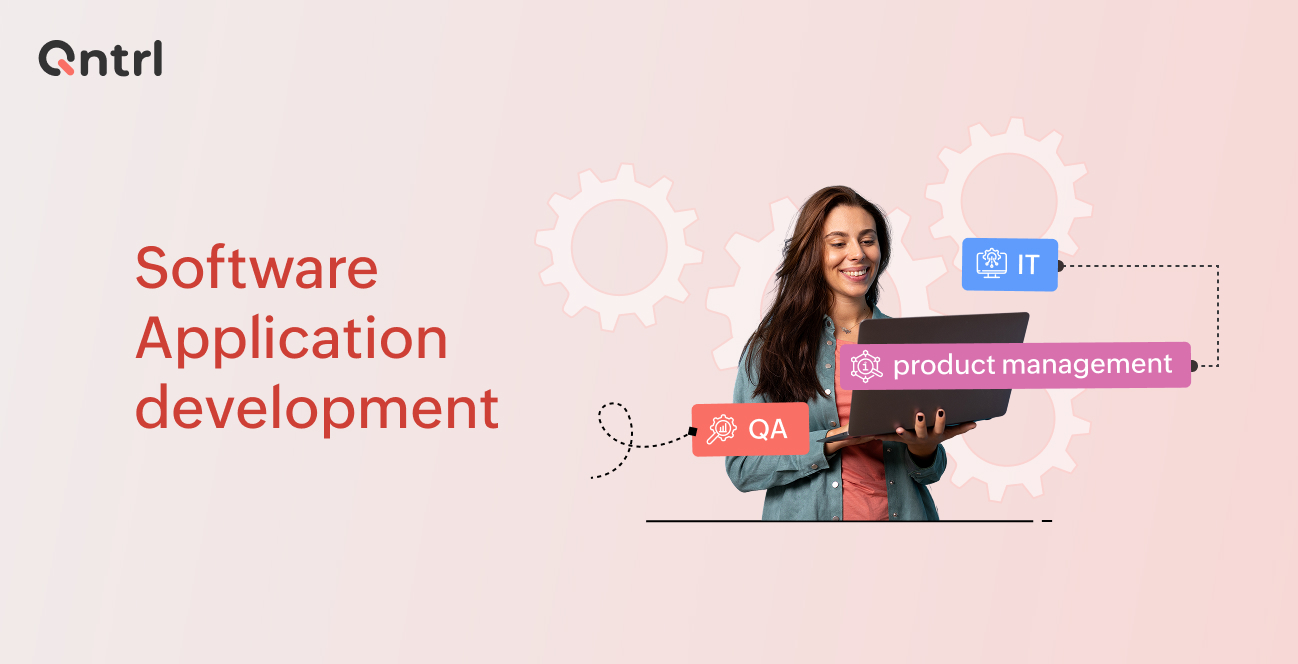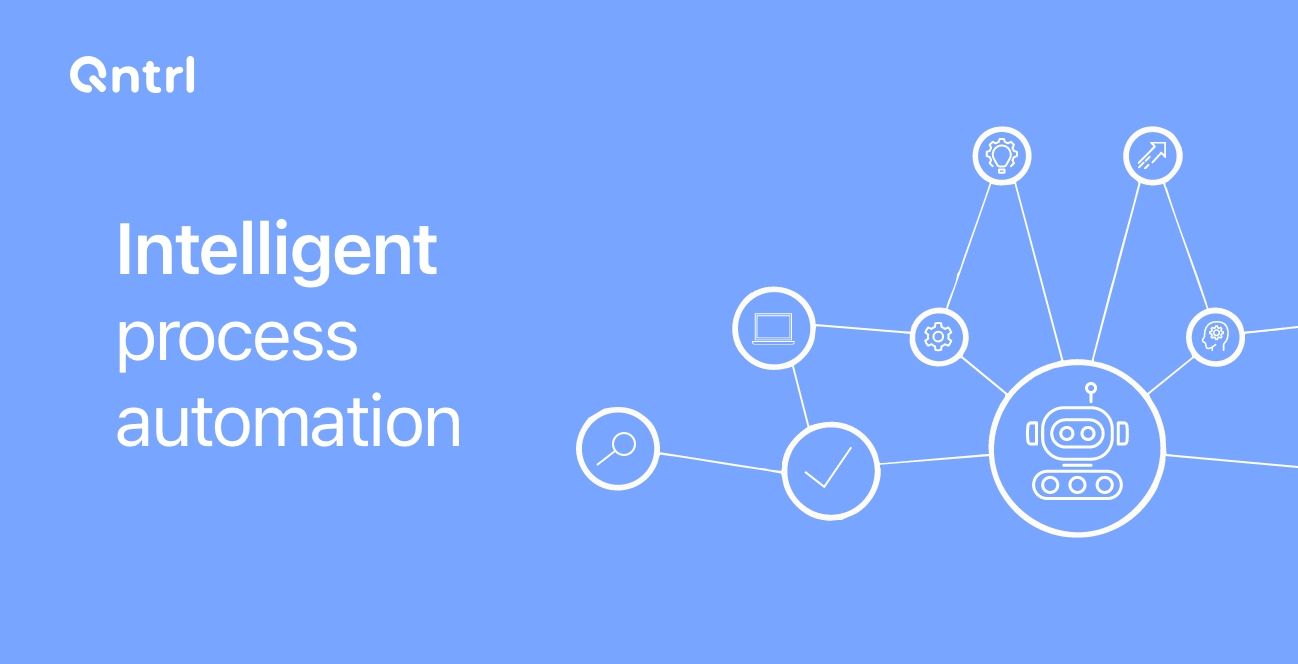Your 2025 guide to business process transformation

Many business enterprises today are reevaluating their technological needs and digitizing internal operations to stay competitive and resilient. However, for digital transformation to deliver a lasting impact, the proper focus must be on business process transformation. This fundamentally involves aligning people, technology, and culture to rethink how businesses operate, achieve goals, and deliver value.
Recent challenges, like the pandemic, remote work models, and supply chain pressures, have accelerated the need for this transformation—and leaders now recognize the urgency of reassessing business process management strategies and technologies to adapt to changing environments.
In this blog, we’ll explore the meaning of business process transformation, the factors driving it, and the framework for unlocking long-term, sustainable success.
So, what is business process transformation?
Business process transformation (BPT) refers to the complete overhaul and optimization of existing business processes to align with shifting organizational goals and market needs. It involves reengineering workflows, adopting advanced tools, and leveraging modern technologies to boost efficiency, agility, and cost-effectiveness.
Closely linked to digital transformation, BPT helps organizations streamline operations, embrace innovation, and build a foundation for sustainable growth in an ever-evolving business landscape.
How are BPT and BPM related?
Business process transformation and business process management (BPM) are closely connected because both aim to improve how a business operates. While BPT focuses on radical changes to meet new goals, BPM provides the structure to monitor, refine, and sustain those changes over time. Both rely on analyzing processes, optimizing workflows, and aligning them with business objectives, ensuring efficiency, adaptability, and long-term success.
How is BPT important for organizations?
Business process transformation is excellent for enterprises looking to keep up with evolving trends and market dynamics and stay competitive and efficient. This transformation helps businesses stay resilient, proactive, and aligned with their strategic goals.
BPT ushers in much-needed advantages, such as minimizing costs, boosting customer relations, and aligning employee needs with the level of operational efficiency the 21st century worker is accustomed to. Ultimately, it bridges communication gaps, improves third-party tool integration, and facilitates smoother workflows.
Organizations that implement BPT find themselves with the ability to leverage all the comfort a digital optimization tool can provide, saving them time and energy, helping them gain deeper insights into their unique operations, encouraging better decision-making skills, and uncovering new and improved cost-saving opportunities.
Furthermore, BPT fosters profitability by helping organizations adopt innovative technologies and methodologies that sharpen competitive advantages and position organizations for long-term success in a fast-paced environment.
7 steps for effective business process transformation
Clarify the goals and drivers for change
Identifying, labelling, and defining primary objectives should be the first concern for enterprises looking to transform their processes. These first steps include introducing a new way to structure their processes, either through a new technology or through other adaptive and innovative approaches. Aligning processes with an updated organizational structure, and responding to relevant market demands.
Conduct a comprehensive process analysis
Analyze current workflows to identify inefficiencies, redundancies, and bottlenecks and understand how these processes affect employees, customers, and business outcomes. This step lays the foundation for informed decisions about where and how to improve.
Engage stakeholders and define accountability
Involve process owners, decision-makers, and team members early to gather insights on pain points and expectations, and assign clear roles and responsibilities to ensure smooth implementation and accountability throughout the transformation.
Set measurable metrics and baselines
Establish key performance indicators (KPIs) such as cost reduction, cycle time improvement, error rate minimization, and customer satisfaction. Use baseline data to measure progress and success against these benchmarks during and after implementation.
Design the ideal workflow with future-ready tools
Map out the optimal workflow by combining human tasks with system automation. Leverage tools like BPM software or low-code platforms to streamline processes and integrate new technologies seamlessly.
Pilot, test, and refine
Implement the new processes in a controlled testing environment with a small team. Gather feedback, troubleshoot issues, and refine workflows to ensure they align with business goals before rolling them out company-wide.
Communicate, launch, and refine
Clearly communicate changes, timelines, and expectations to all affected teams. Once live, closely monitor performance and use feedback to iterate and refine processes, ensuring they remain effective, efficient, and adaptable over time.
Four unique challenges in business process transformation
Resistance to change
Resistance to change remains one of the most significant hurdles during BPT initiatives. Employees or leaders often cling to familiar processes, making it challenging to transition smoothly. This can stem from fear of new responsibilities, lack of clarity about the transformation, or technical unfamiliarity.
Addressing resistance proactively by fostering open communication, providing training, and involving employees in the transformation process is critical to overcoming this challenge.
Lack of clear objectives and accountability
BPT efforts risk becoming disjointed and inefficient without well-defined objectives or clear accountability. Many organizations fail to move beyond digitizing outdated processes, which results in minimal improvement.
To ensure success, companies must clearly define measurable goals, identify process owners, and establish accountability to drive transformation efforts effectively.
Integration complexities
Aligning new systems, technologies, and workflows with existing ones is a frequent obstacle. Inadequate planning or unsuitable platforms can complicate the integration process, creating inefficiencies and disconnects.
Organizations must invest in scalable, user-friendly technology to mitigate this and design a cohesive strategy that ensures seamless alignment across all processes and tools.
Weak change management strategies
BPT requires a robust change management approach that accounts for the people, processes, and tools involved. Organizations risk losing momentum or failing to sustain improvements without a comprehensive plan.
Change management strategies should include defined roles, consistent communication, and ongoing progress tracking to ensure long-term success and adoption.
When and where to apply business process transformation
There are many scenarios where you can insert BPT into your workflow. The first part is to evaluate where you could use the help and where there are redundant automatable tasks. BPT is most effective when:
- Applied to existing business processes that don’t meet the necessary requirements of an effective outcome each time
- There are fragmented communication gaps between parallel departments within an organization that need streamlining
- Integration incapabilities interfere with efficient process flow
- There are several incoherent process workflow errors in the pipeline
- You feel you’ve outgrown manual and labor-intensive processes and decide to switch to the cloud
Examples of BPT in action for enterprises
To understand the power of business process transformation, consider how these companies transformed their operations:
Streamlining warehouse operations
MOVYON, a logistics company, relied on shared inboxes and phone calls to track warehouse operations. This led to missed information and slower execution, hindering overall efficiency. That's why they adopted a business process transformation platform to orchestrate incoming processes, business units, external warehouse transfers, and delivery processes across all warehouses.
By centralizing and automating these workflows, MOVYON reduced coordination emails and phone calls by more than 90%. The company’s day-to-day operations were also simplified, and cross-team collaboration goals were successfully achieved.
Automating service provisioning
Buroserv, an ICT company, faced manual process bottlenecks that hindered its growth. Complex setups, fragmented data management, and slow turnover times threatened its competitive edge. To streamline its NBN service provisioning process, Buroserv implemented workflow automation via a platform called Qntrl.
This solution provided seamless integration, centralized data management, and created efficient validation procedures, significantly improving operational efficiency. Buroserv processed over 500 orders within the first month, optimized their workforce, and enhanced customer support. The implementation also ensured faster service deployment and a more competitive position in the market.
BPT can drive positive outcomes under various circumstances
Enhancing contract management efficiency
Contract management can be a time-intensive and complex process involving multiple stages, such as drafting, approvals, governance, and secure storage. By leveraging process management tools, businesses can automate these processes, from creation to negotiation and monitoring.
This transformation reduces the time spent managing contracts, enhances efficiency, and provides actionable insights by utilizing data from contracts more effectively.
Optimizing onboarding processes
The onboarding process, whether for new employees or customers, is the first significant interaction with your business. Inefficiencies in this stage can lead to higher churn rates and negatively impact long-term satisfaction.
Transforming onboarding workflows through digital portals, e-learning platforms, and automated documentation verification helps accelerate the process while improving the overall experience and satisfaction for both employees and customers.
Regulating purchase order management
Manual processes and inefficiencies often burden procurement workflows, leading to high costs and delays. Transforming purchase order management through e-procurement systems automates tasks, improves approval workflows, and centralizes purchasing activities.
This optimization reduces costs and inefficiencies and provides better visibility into procurement activities, ensuring greater control over spending and stronger supplier relationships.
Rethinking logistics operations
Efficient logistics are critical to maintaining profitability and timely deliveries. Transforming logistics workflows through digital tools enables real-time tracking of shipments, better inventory management, and route optimization. These advancements minimize transportation costs, improve delivery times, and enhance the overall supply chain’s operational efficiency.
Metrics to gauge your BPT strategy success
It’s important to constantly evaluate and improve upon new strategies so you know where the applied changes are faltering or need fixing, or if they add value to your operations. These efforts are then measured at each stage systematically to achieve the desired outcomes.
There are many ways to study your BPT application success at multiple touchpoints where you’ve applied them in the pipeline:
Developments in customer satisfaction
Customers are usually at the receiving end of most organizations' workflow pipelines, so you can observe tangible changes in their experiences as they inevitably change with the application of BPT as a strategy. The observable outcome from the customer's perspective is how you measure business process transformation success.
Financial gains linked to improved process implementation
How much is your newly implemented strategy impacting your revenue? It can be observed over the short or long term to compare and decide if it’s truly worth the effort. The other side of this coin is improved workforce efficiency, where teams perform better side-by-side, with BPT contributing to positive financial growth overall.
Changes in the lead conversion pipeline
Observe real-life changes in the lead conversion pipeline and look for instances where BPT is aiding your cause. If you observe more conversions from potential leads to actual customers, that's a tangible result of efficient business process implementation–from the right customer-facing engagement to the payable billing process.
Why should enterprises take up business process transformation?
Implementing a strategy like BPT either with tools like BPM or through other innovative approaches, not only enhances operational efficiency but also fosters a culture of continuous improvement, driving sustainable success and competitiveness for the organization.
Enjoying your reading?
Enjoy organization and visibility too!
Qntrl can help you organise, control and improve production and projects in your team.







